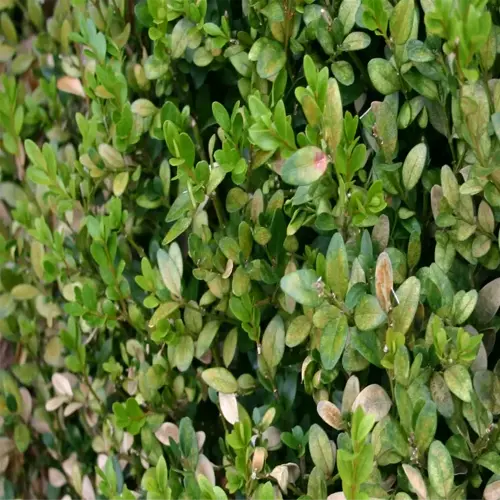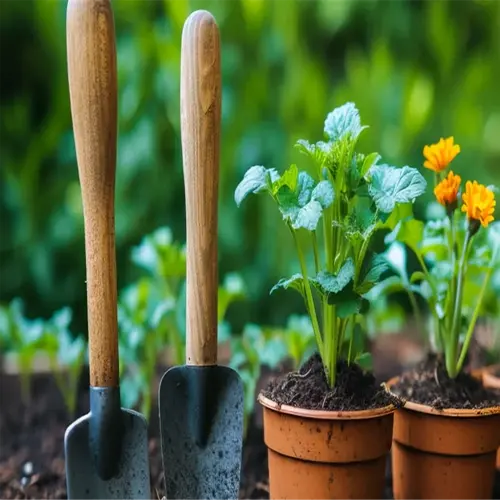What plants should never share a square?

Written by
Nguyen Minh
Reviewed by
Prof. Samuel Fitzgerald, Ph.D.When compared to pests, plant incompatibility is more responsible for ruining square-foot gardens. Just by separating tomatoes from potatoes in a failing grid, I have salvaged it, not to mention tomatoes will share their blight susceptibility with another plant. Planning for proper spacing can reduce cross-contamination between vegetables that will stunt their growth. It is always my go-to practice to map out plant families before planting.
Nightshade Conflicts
- Tomatoes + potatoes spread early blight in 3 days
- Peppers inherit verticillium wilt from eggplants
- Replace with basil → tomato companion planting
Root Warfare
- Mint roots release allelopathic chemicals
- Carrots twist around onion bulbs
- Swap mint for thyme in herb squares
Pollination Issues
- Dill cross-pollinates carrots → bitter hybrids
- Fennel inhibits bean nitrogen fixation
- Plant cilantro instead, safe for legumes
Mint requires isolation. A client's spearmint invaded two adjacent squares through the drainage holes, choking out the roots of parsley nearby. We now plant mint in submerged 5-gallon buckets. For other troublemakers like oregano, use root barriers, burying 12" metal flashing around their squares.
You will be testing pairings with the 24-hour rule. Rub the leaves of either potential companion, and if either begins to wilt, separate them. When I tested squash-pumpkin as a companion, the squash showed leaf burn within the first 8 hours! If you are unsure, always refer to applicable allelopathy charts from the lab or agricultural extensions.
Read the full article: Ultimate Square Foot Gardening Guide: Maximize Your Harvest

